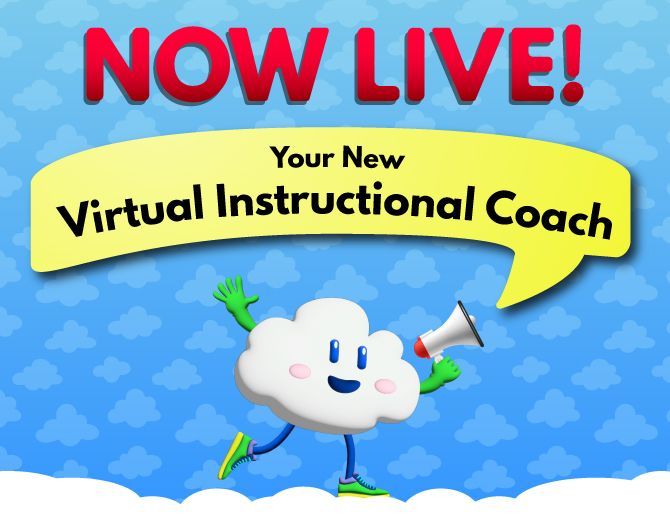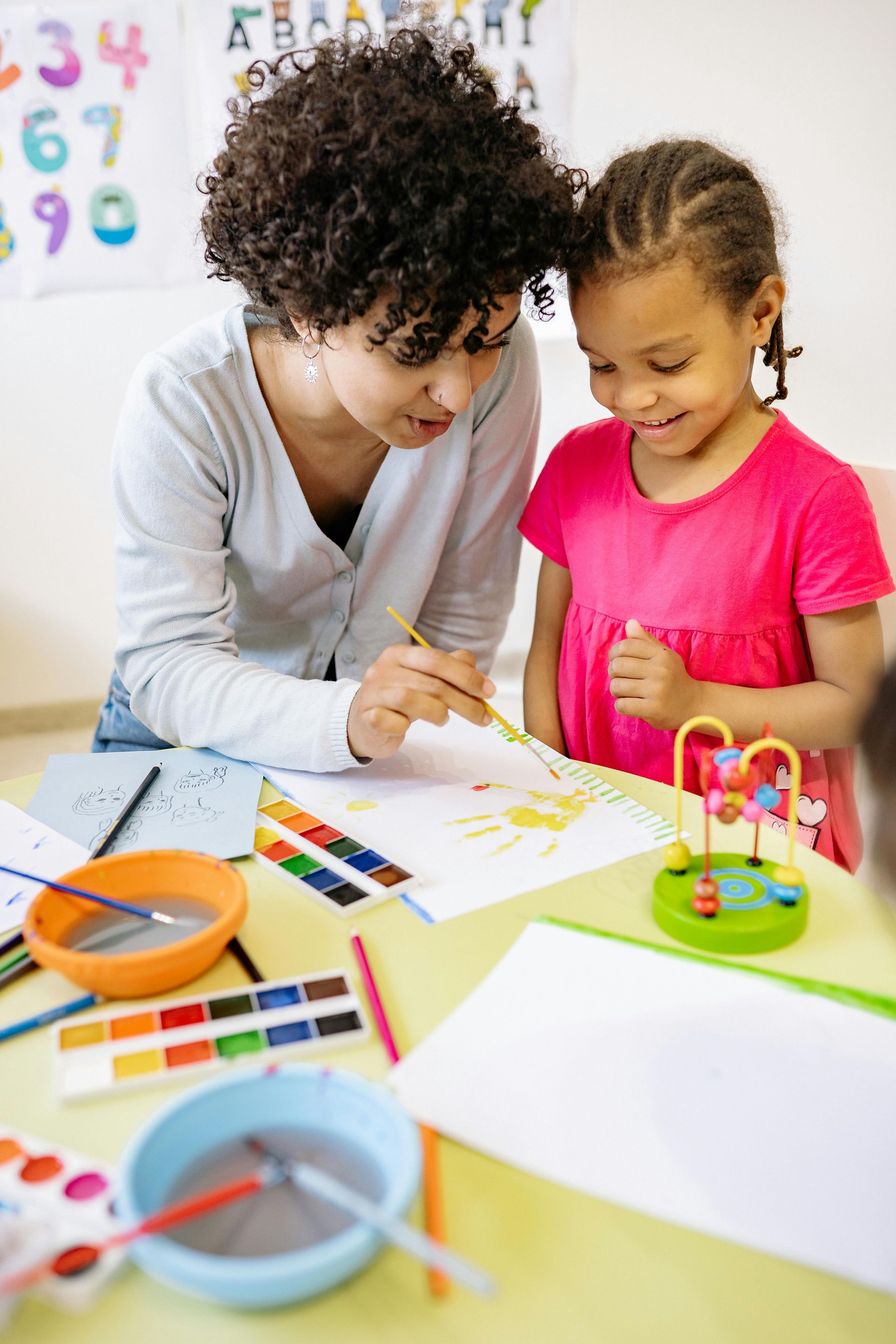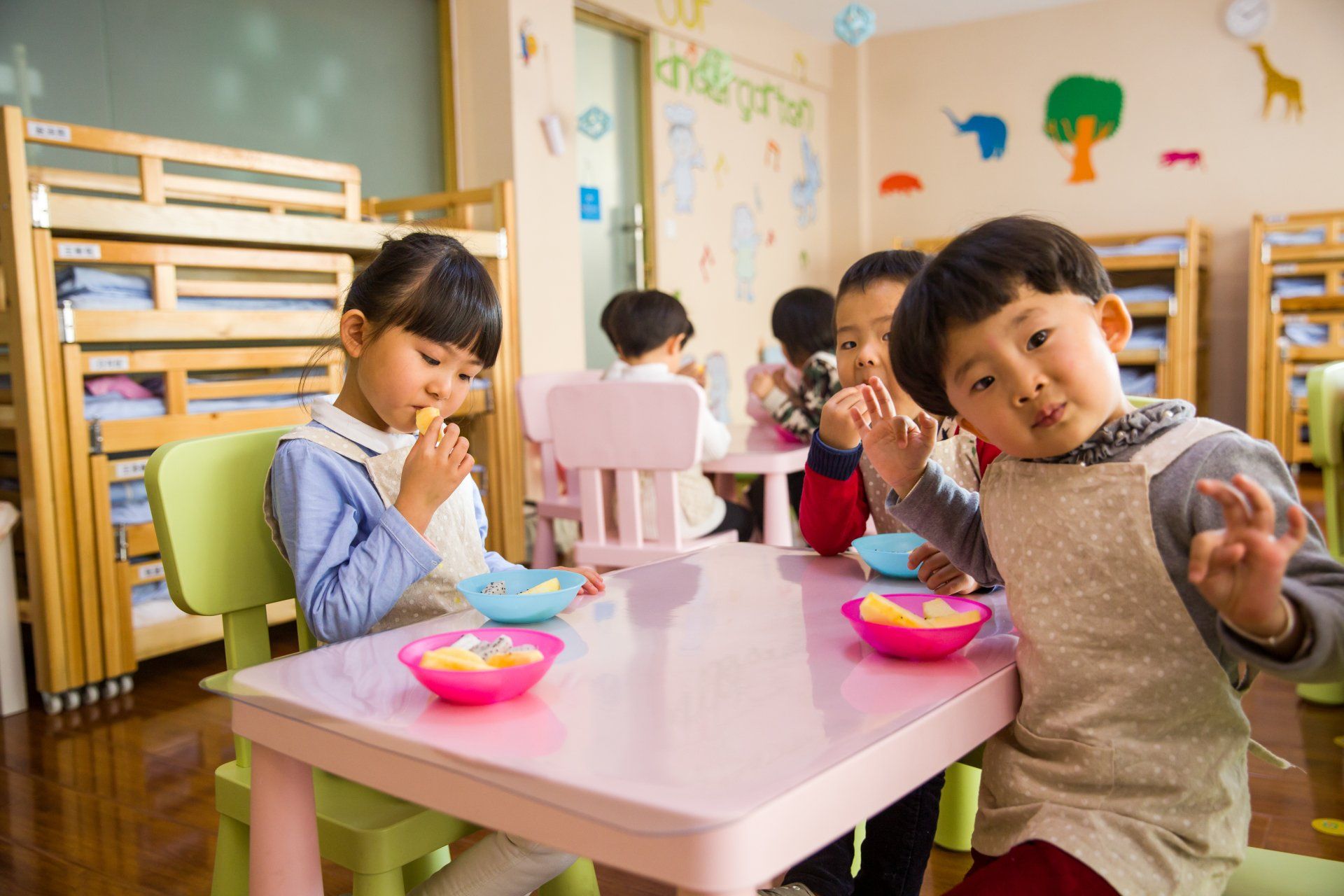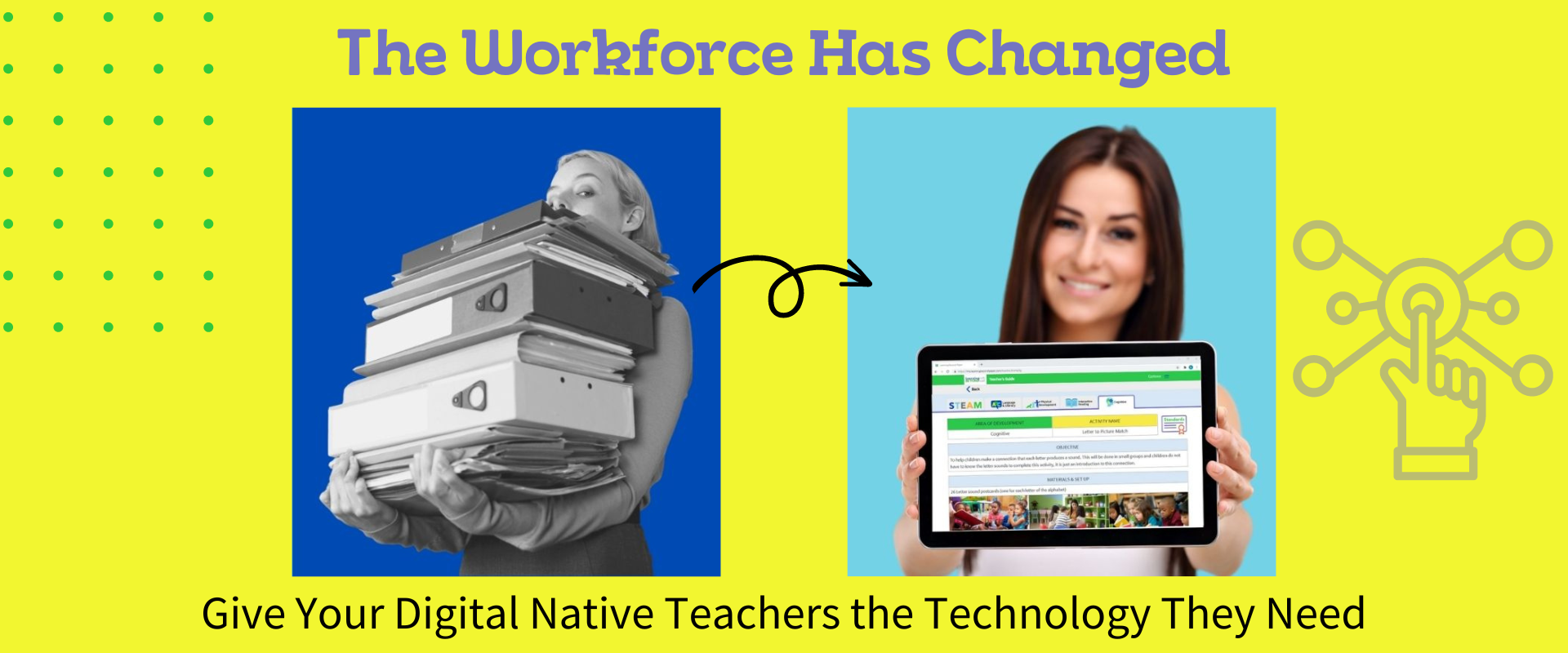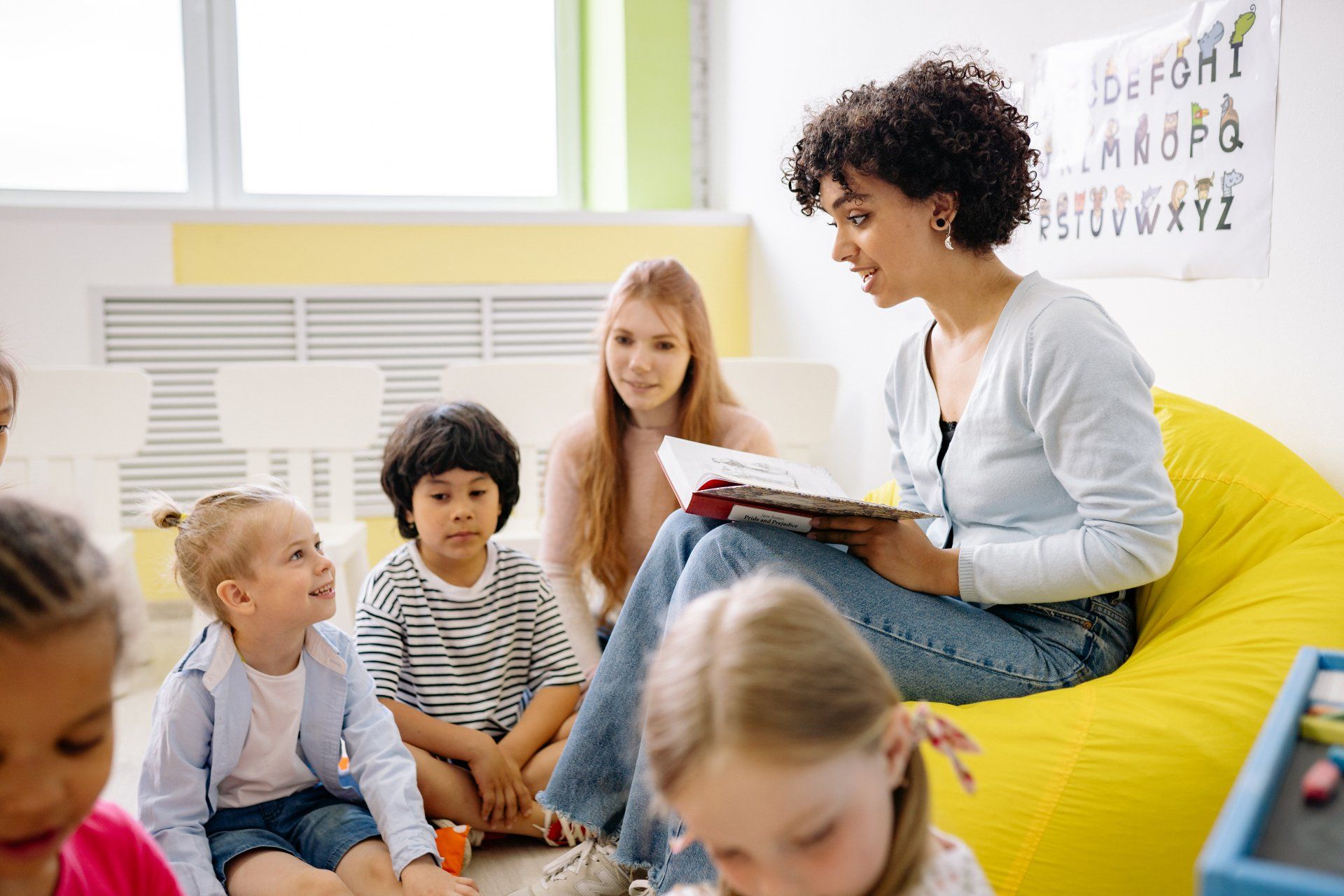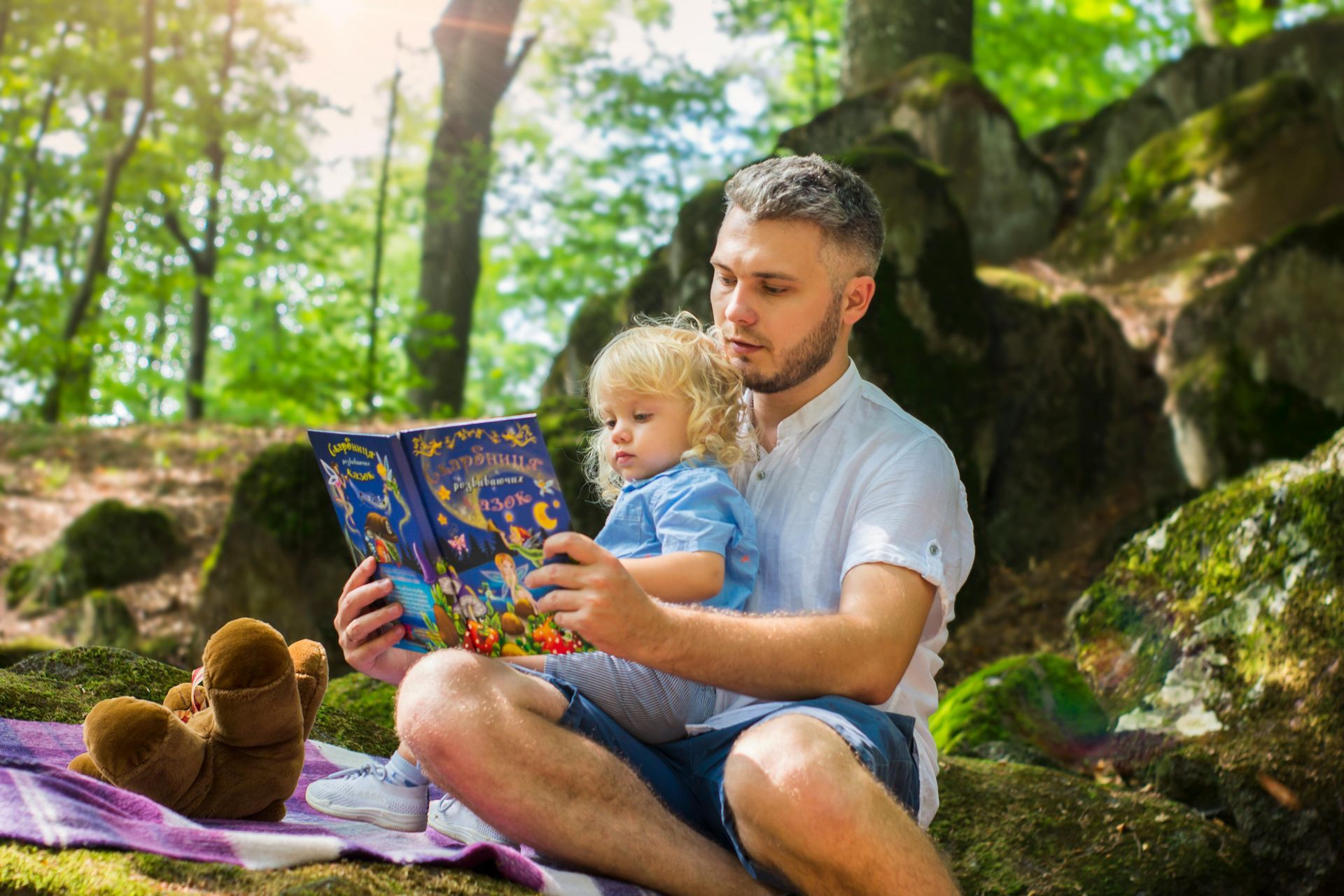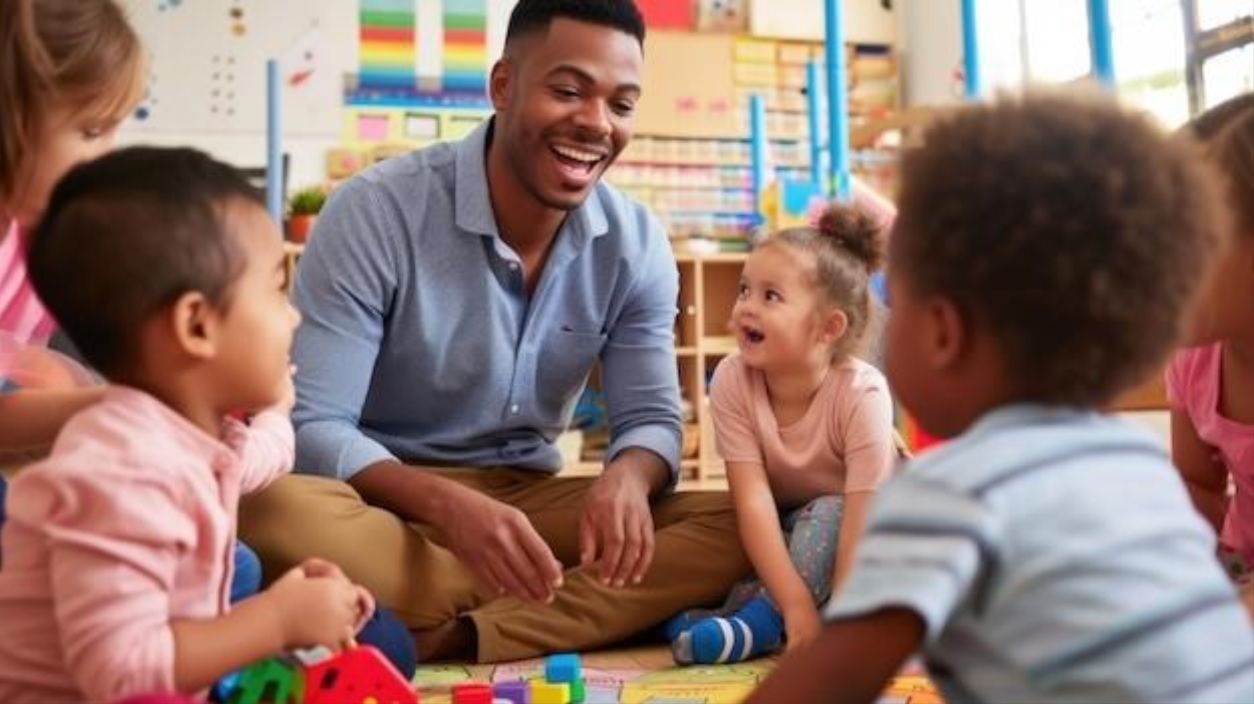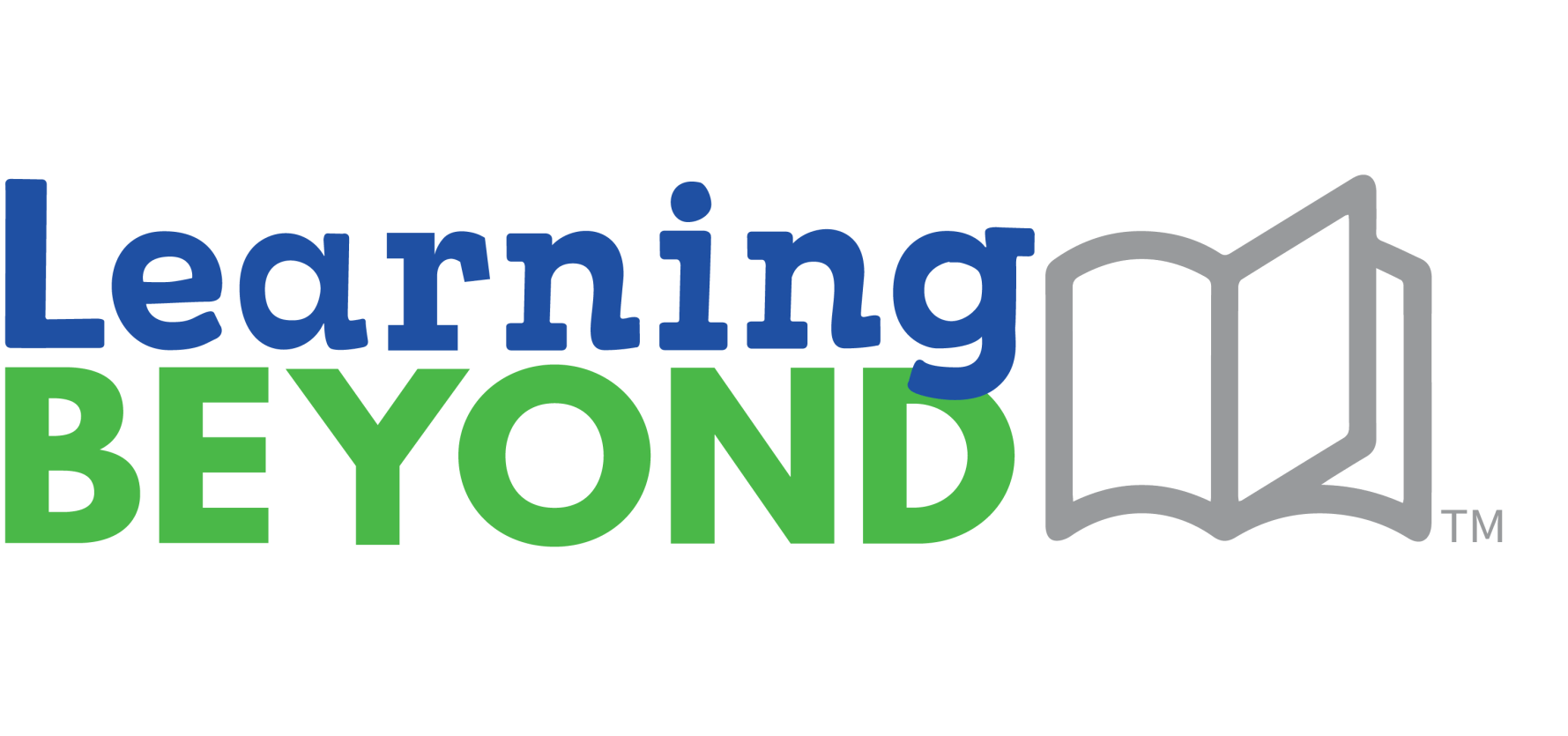By Corinne Muller
•
May 18, 2023
The classroom’s physical environment, both indoor and outdoor, set the stage for learning. The physical environment sends strong messages to children and adults about what is valued, who is valued, and what learning can occur within the spaces designed. As the teacher, your mindset is visible in the environment. The type of activities and learning that go on are reflective of your mindset. The emotional environment created by the teacher is also important. You should look to see that the values between the physical and emotional environment show consistency. The majority of a child’s day is spent in the physical environment you design. Design your space in a way that offers children the opportunity to feel comfortable owning the space. It’s their space as much as yours. No matter how your space currently looks, you must continuously reflect on the space and use of space to make updates and changes that provide improvement. When you are in the mindset of a reflective practitioner, nothing is ever indeed “done” or complete. While things should run smoothly, there are always opportunities to improve and enhance your program, thoughts, and experiences for children for this year’s particular group of children. The terms “environment” and “space” mean all indoor AND outdoor spaces children use. Sometimes, people consider only indoor space; however, outdoor spaces often have more space and opportunities to create than what may be available indoors. In most parts of the country, outdoor spaces can host a full range of activities, not just gross motor play, throughout the school year. Here are some key takeaways about intentional environments that can help your teachers and children thrive: Intentional setting up the environment will help children learn, grow, and develop different skills. The environment can be the other teacher in the classroom. Meaning, if a learning area or classroom environment is set up with intentionality, learning goals in mind and with age-appropriate materials, children will learn from this setting. The classroom library shouldn’t be the only area that has books. Add books to every learning center as well as the outside environment to promote literacy and celebrate books. Add an area where children and families are represented in the classroom environment. Adding pictures of children and their families will create strong connections and bonds between the family, teacher, and child. Allow children to add to wall space with their creations, art, and projects. Adding decorations takes away space from children and can make the environment seem cluttered and overwhelming. The outside area is an extension of the classroom. Outside is a learning environment full of learning potential for every child. Bring blocks, toys, art supplies, dramatic play, and books outside. We hope you have fun setting the stage for learning, a process that is constantly changing based on your observations and lessons! Enjoy!
